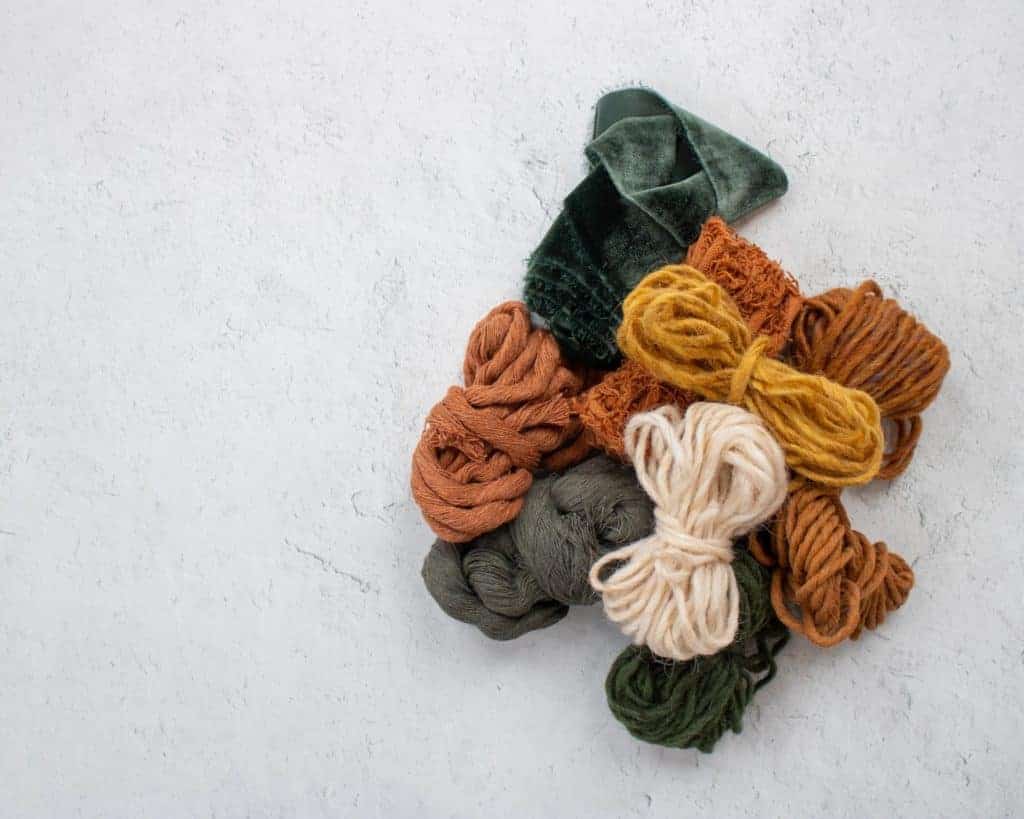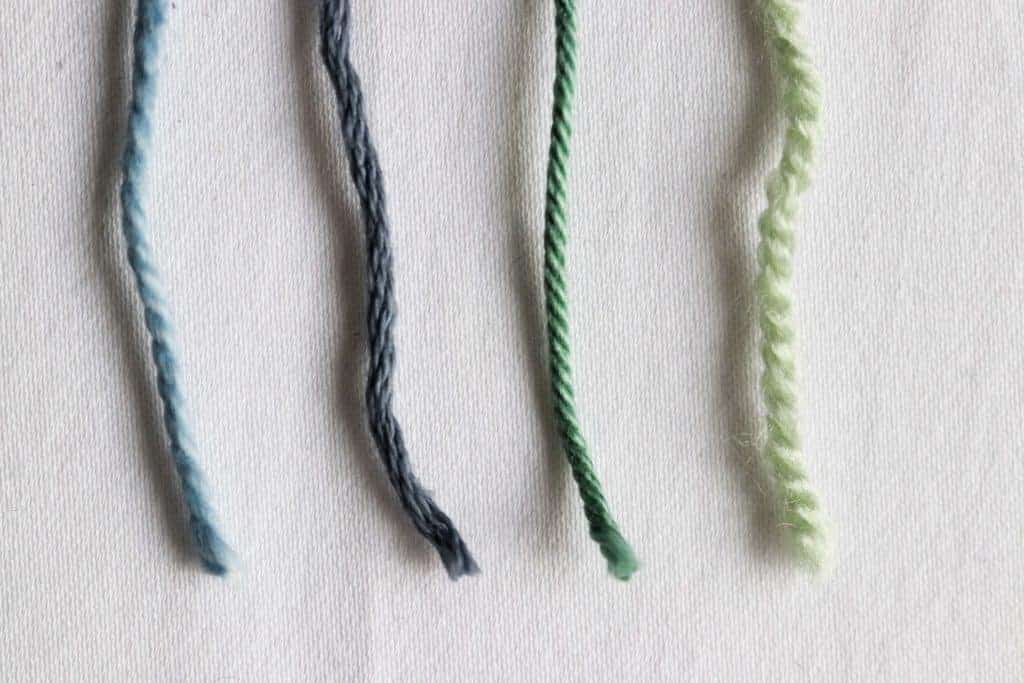Isn’t it amazing how the internet has made patterns and crochet supplies from all over the world accessible with just a few clicks? There are thousands of designs out there, in different styles, using different techniques, and even in different languages. But this globalization can make things a bit tricky. How many of you have made the US vs UK crochet terms mistake? I certainly have!
Access to global patterns can also make choosing the correct yarn for you project very confusing. Many times I’ve excitedly downloaded a pattern only to find that it calls for a specific yarn not available in my country.
So how do you substitute yarn? First you have to get your head around the yarn weight.
What is yarn weight?
Skeins of yarn are sold by mass, for example, 50g or 100g. This is how much the skein actually weighs. Pop it on a scale to see! However, this is not the same as “yarn weight”.
Yarn weight refers to the thickness of the threads you are using and not how heavy the yarn ball is (although the thickness of the yarn actually does impact the final weight of the ball….). Confusing hey?

Yarn weight
The heavier the yarn weight, the thicker the yarn. A similar concept can be seen in art, where a thick brush stroke is considered “heavy” and a thin brush stroke is “fine”.
There are different categories and terminology for yarn weight depending on where in the world you are or what brand of yarn you are using. Which can make this doubly confusing!
On top of that, there is considerable variation of yarn thickness within a specific category! This variation can be due to the brand of yarn, its quality as well as the material used to make the yarn.
Have a look at the image below. Each of these yarns is listed as DK (light worsted) but the thickness differs somewhat between each of them.

Why should I care about yarn weight?
Well, it’s really important for several reasons:
1. The overall look and feel of your project
Do you want chunky stitches that are worked tightly together? Or delicate, open, lacey stitches? Choosing yarn with the correct thickness makes all the difference to how your completed item will look.
2. How appropriate is the yarn for your particular project?
For example, crocheting a toy basket out of fingering yarn won’t give you the robust and sturdy stitches required to give your basket form and structure. While crocheting a tiny toy or shawl using chunky t-shirt yarn won’t necessarily give you the look you are after.
3. Achieving correct gauge
For some projects, like amigurumi, the thickness of your yarn is less important because if your crocheted creature turns out a bit smaller or larger than outlined in the pattern, that’s generally ok. However, you really can’t get it wrong for projects where the finished size matters, like hats or cardigans. The weight of your yarn will also determine which size tools (hooks or needles) are most appropriate to use.
4. How much yarn is on the skein (yardage / meterage)
When choosing yarn, it is also important to note the skein’s yardage. That is, how many meters (or yards) of yarn are in the skein. The higher the yarn weight, the lower the yardage.
For example, in a 100g skein of Paintbox Yarns Simply DK (light worsted) you will get 276m (302yds) of yarn. In a 100g skein of Paintbox Yarns Simply Chunky (a heavier weight yarn) you will only get 136m (149yds) of yarn.
Patterns for larger projects, where more than one skein is required, will list yardage. If you use the incorrect yarn weight, then you could end up with insufficient yarn for your project.
How to determine yarn weight
- If you have a new ball of yarn, the yarn weight should be listed right on the ball band.
- If your yarn does not have a ball band you can use the wraps per inch method to figure out the yarn weight.
- If your yarn is from a different country and you are unfamiliar with the terminology used to describe yarn weight, then head over to my handy conversion chart here!
That’s all for now friends!
Yours in craft,
Caitie
More about yarn
>>Tatamy Tweed Worsted | Yarn review
>>What does yarn ply mean? | What is plied yarn
>>How to read a yarn ball band

Thank you for such a clear and comprehensive description and explanation. ’10 ply yarn’ had me really confused as recommended for a very small knitted toy! Kudos for this.
So clear and concise. Thanks for breaking this down, now I think I get it.